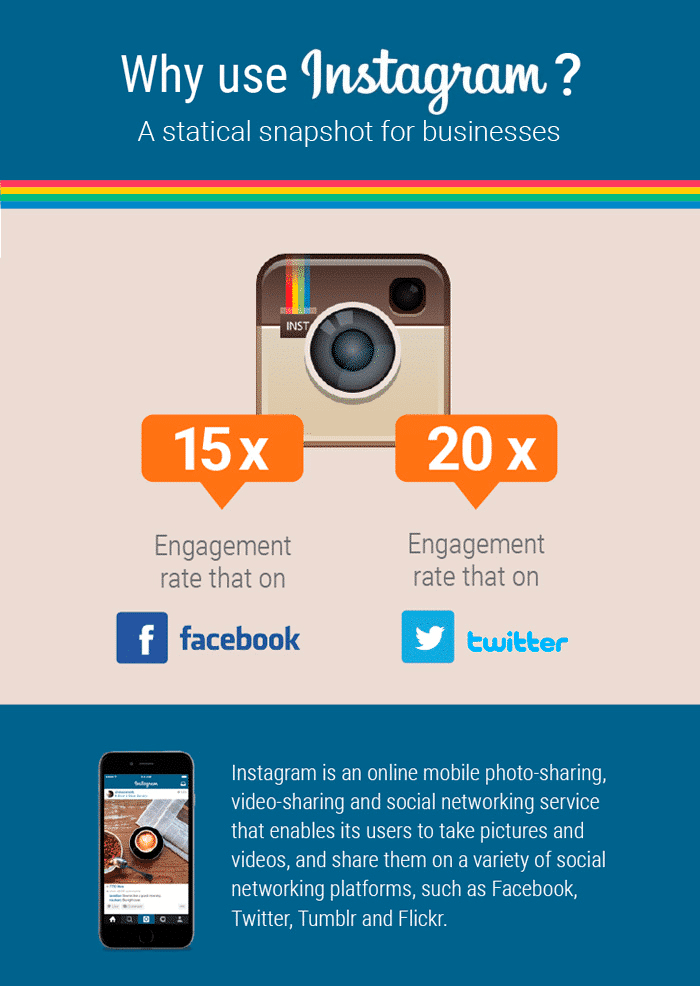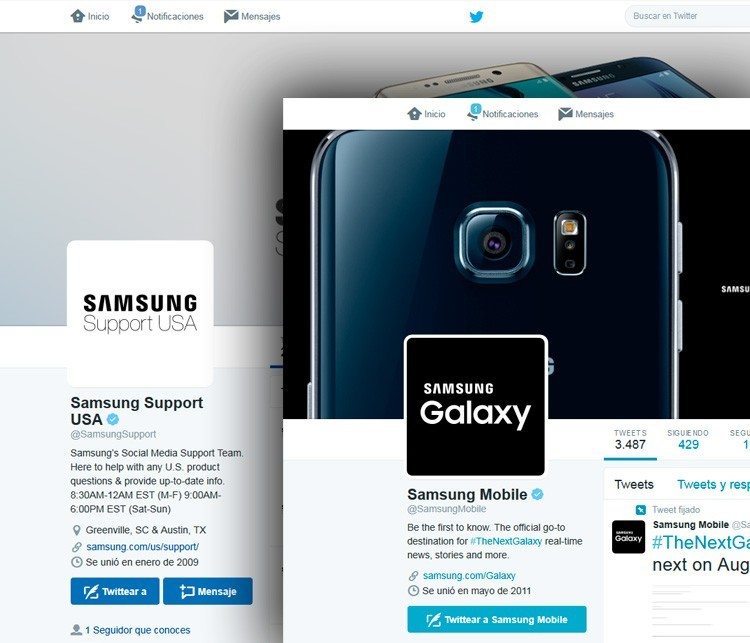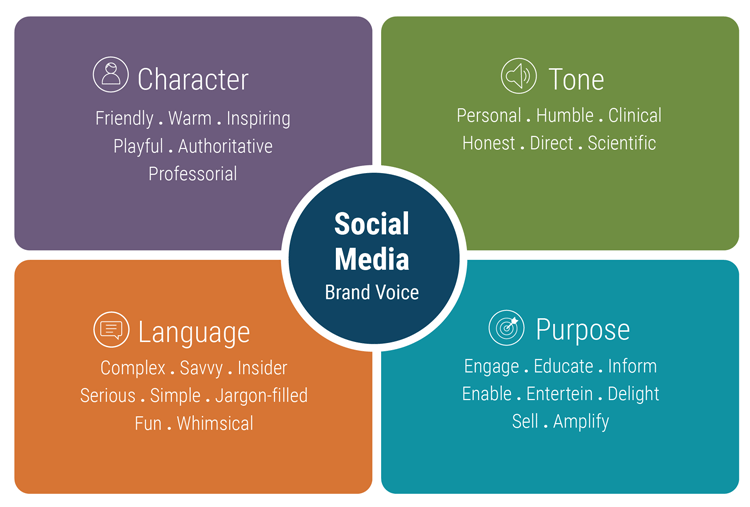Social media is easy when one is managing their own personal profile. When using it as part of an online marketing strategy for a business with multiple communications channels and strategic goals, things can start to get tricky. There is a lot to pay attention to, even seemingly small issues such as sending out updates at the right time, using the right tone and voice and knowing which sites to use play a detrimental factor in success or failure.
In this article, we provide businesses with the perfect framework to create a winning social media strategy.
1 Allocate a Fixed Period of Time to Social Networking
Like with anything in business, time must be invested to see any kind of worthwhile return. A common trap businesses fall into is creating too many social media accounts and not spending enough time on them.
As a rule of thumb, aim to spend 4-5 hours each week per platform. For example, businesses who can only aggregate 8-10 hours of social media work between their employees should limit their strategy to only 2 accounts.
Why? Because starting a social media account is very time consuming, during the startup process there will be little engagement and time must be invested in order for it to grow. Spending an hour per week on several different social media sites will not provide results.
TIP: Depending on the industry, for some businesses it’s critical to use several platforms simultaneous to grow, in these cases they should look into social media management tools such as Hootsuite or Buffer. Both tools offer an all-in-one solution that streamlines posting and scheduling updates across dozens of social platforms.
2 Picking the Right Platforms
With more than a hundred social media platforms to choose, finding the right platforms can be difficult. The following should be factored in when making the decision:
Is it content friendly? – If the majority of updates will be articles, blogs posts, white papers and other forms of written content, there will be little reason to use Instagram or Pinterest (image dominated platforms). Focus on picking platforms that provide the appropriate content distribution.
For example, Instagram pictures are shared 15x more than Facebook and 20x more than Twitter:

Businesses that focus heavily on visual content and videos should consider Instagram and YouTube, while blogs and article sharing would be better suited for Facebook and Twitter.
Where do prospects hang out?
The reason to get on social media is to interact with fans and achieve marketing goals. knowing the sites prospects and customers frequent is critical to achieving goals.
As a rule of thumb, Facebook and Twitter are considered universal platforms for everyone, as they allow all types of content to be posted. Instagram and Pinterest favor businesses that produce a lot of image content, while Google Plus and Yelp are perfect for location dependant businesses since customers can leave reviews, check-in and find them on Google Maps.
You can find a greater breakdown of user profiles for Facebook, Twitter, LinkedIn, Instagram and Pinterest here
3 Selecting your aims and objectives
Social media aims and objectives need to be broken down into short-term and long-term goals.
Long-term goals include raising brand awareness, increasing lead generation by 10%, generating 25% more revenue, improving customer sentiment or providing a better level of customer service.
Brands with bigger marketing budgets and goals may wish to create individual accounts to address each goal. For example, Samsung have a Twitter support account and a separate sales account:

Here’s the latest photo feed of Starbucks‘ Instagram account, they are clearly trying to use Instagram to reinforce their brand image rather than push their products.

If they decided to add pricing tags and item descriptions it would actually reduce the impact of each photo. Goals that aim to serve prospects and provide value tend to yield better results than goals to increase sales or other promotional related aims, given social media is an online community.
4 Finding the Right Tone and Voice
A mistake commonly made by businesses is to use the incorrect tone and voice on their accounts. Generally speaking, B2C brands can get away with using a more laid back and informal tone to address fans, while B2B firms are usually more direct, professional and scientific.
Stephanie Schwab says there are four parts to finding the right brand voice:
 Oreo uses a playful, personal, fun and entertaining brand voice as part of their social media strategy, which is perfect given their customer profile:
Oreo uses a playful, personal, fun and entertaining brand voice as part of their social media strategy, which is perfect given their customer profile:
 IBM on the other hand focuses on attracting B2B decision makers and use a more authoritative, direct, serious and educated voice:
IBM on the other hand focuses on attracting B2B decision makers and use a more authoritative, direct, serious and educated voice:

Finding the right voice will vary based on a number of variables including audience type, company culture, objectives, and branding. Competitors in the same industry targeting the same audience can have different tones of voice depending on how they wish to brand their business.
5 Analyze, Test and Measure
With so many factors involved in creating a winning social media strategy, getting everything perfect on the first attempt is near impossible. Each business has their own customers, company values, and goals that make it very hard to follow a pre-set plan and expect to strike gold.
Some social updates may see zero engagement while others end up going viral. Take Sprint as an example, this Facebook update received more than 1,902 likes and 217 shares, they also have over 1.9million likes for their Page:

Compare that to their Instagram account which only has 9,126 followers and 157 likes for their last update. This is a clear case of certain platforms not being appropriate for their form of business marketing:

Testing and measuring the success of platforms, content type and posting times can help businesses streamline their strategy and get better results. In Sprint’s case, we’ve learned that Facebook is by far a much powerful tool to reach their goals than Instagram.
Only through trial and error will businesses know the best routes to follow.
Summary
Social media marketing is not black and white. With trends coming and going, customer sentiment and needs constantly changing, businesses need to create well-defined social media strategies that are analyzed and improved upon regularly.
With more than half the US population already using social media, there is no better time to build an online presence than today. Our 5 step framework is aimed to be used as a guide to help businesses who are struggling with social media to get ahead.
Invest time, pick the right platforms, find a voice and test various posting strategies to see which brings the greatest engagement. The more time a business invests the more they will get out.

